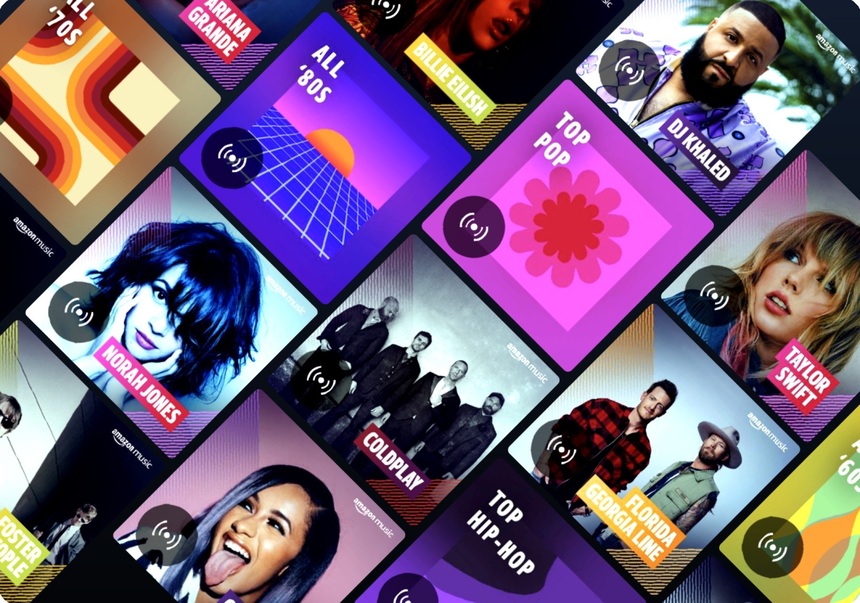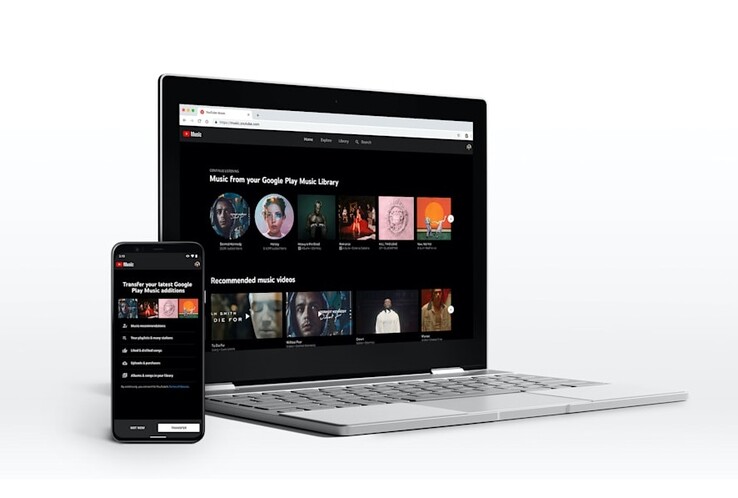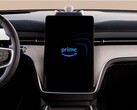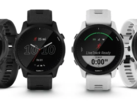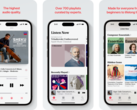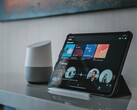Ostensibly the solution to managing music collections in the cloud age, music lockers allowed users to scan or upload their own music collections for remote listening. Amazon Music was the first of these, launching in March 2011, just a few months after Spotify’s US debut, but seven years later it would be dead and streaming would rule the roost.
Both Amazon Music and Google Play Music started off on a bad note by neglecting to negotiate the relevant music rights in advance, drawing the ire of record labels who had aggressively fought MP3-sharing efforts in the early 00s. Asking for forgiveness rather than permission allowed them to reach market ahead of Apple's iTunes Match - but arguments over licencing and copyrights, along with the perennial concern of users simply uploading pirated music, would hang over the former two services until their eventual shuttering.
The other Damocles' Sword hanging over the music locker business model was the question of how many users actually cared about owning and curating their library. With an ocean of content to choose from on streaming services, music discovery quickly took centre stage in the world of digital music. Algorithmically curated playlists and personalized recommendations drove ears towards new artists and tracks, rather than purchases driven by periodicals and word-of-mouth.
Against that backdrop – and with all three vendors launching their own streaming music services – music lockers began to seem a quaint, silly idea.
Are you a techie who knows how to write? Then join our Team! Wanted:
- Specialist News Writer
Details here
Today, only iTunes Match survives out of the big three, albeit under the wing of the vastly more popular Apple Music. A few smaller services continue on with the music locker model (in particular, iBroadcast dates back from the same era as the others - though it spent almost a decade in the oven and only came out of beta two years ago) while the ever-stalwart Bandcamp continues to offer both downloads and streams of the music bought from its catalogue of indie artists.
In truth, the music locker was always a bit of a contradiction. Paying an ongoing cost to access music you already paid for on Amazon Music hardly sounds good value, but doing it for free in the hope of upselling customers to streaming was unsustainable even for Google (or, indeed, Microsoft). The market for people passionate about both owning and streaming their music certainly still exists, but it’s small enough that none of the tech giants seem to want to bother with it.
Maybe that’s for the best.
Buy Bose's QuietComfort 45 ANC headphones on Amazon, for however you listen to your music.
Top 10 Laptops
Multimedia, Budget Multimedia, Gaming, Budget Gaming, Lightweight Gaming, Business, Budget Office, Workstation, Subnotebooks, Ultrabooks, Chromebooks
under 300 USD/Euros, under 500 USD/Euros, 1,000 USD/Euros, for University Students, Best Displays
Top 10 Smartphones
Smartphones, Phablets, ≤6-inch, Camera Smartphones


 Deutsch
Deutsch English
English Español
Español Français
Français Italiano
Italiano Nederlands
Nederlands Polski
Polski Português
Português Русский
Русский Türkçe
Türkçe Svenska
Svenska Chinese
Chinese Magyar
Magyar